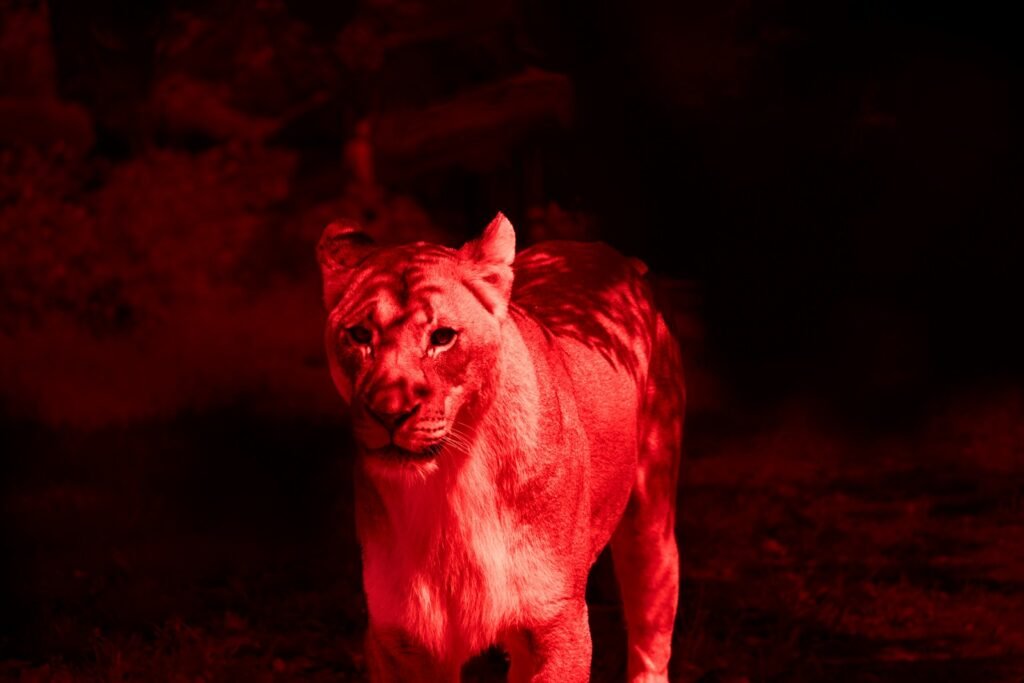Have you ever heard something so bizarre that your brain refused to believe it? Sometimes the most incredible facts aren’t found in science fiction novels – they’re hiding right here in our everyday world. From tiny creatures that can survive in outer space to animals with blue blood and three hearts, reality often trumps imagination in the weirdest ways possible.
Science has a funny way of revealing truths that sound like they came straight from a fantasy movie. These discoveries challenge everything we think we know about what’s normal and what’s impossible. Get ready to question your assumptions about the natural world, because these twelve scientific facts are about to blow your mind.
Tardigrades Can Survive in the Vacuum of Space
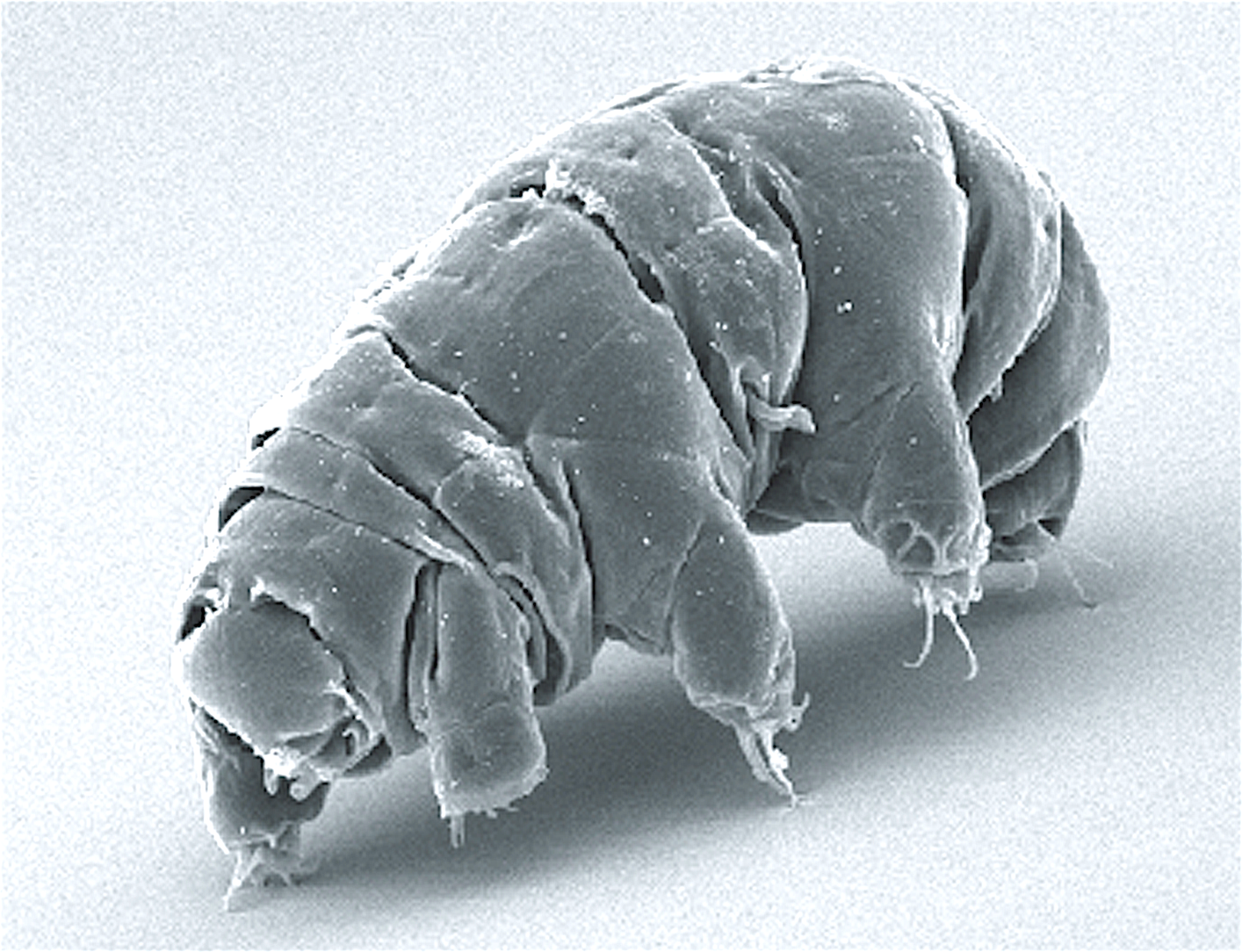
Microscopic creatures called tardigrades, also known as water bears, look like tiny gummy bears with eight legs. They have become the only animals to have ever survived the raw vacuum of space, first proposed for space research in 1964 because of their extreme tolerance to radiation. In 2007, adults from two species were launched into space aboard the FOTON-M3 spacecraft, spending ten days in low Earth orbit, about 270km above sea level.
These incredible creatures survived conditions that would kill almost any other form of life. The majority of both species made it through the vacuum of space and the accompanying cosmic radiation, and were just as likely to still be alive as tardigrades that had remained on the planet, even managing to lay viable eggs that hatched just as well as their planet-bound peers. The secret lies in their ability to enter a dried-out state called a “tun,” where they replace most of their body water with a protective sugar.
Octopuses Have Three Hearts and Blue Blood
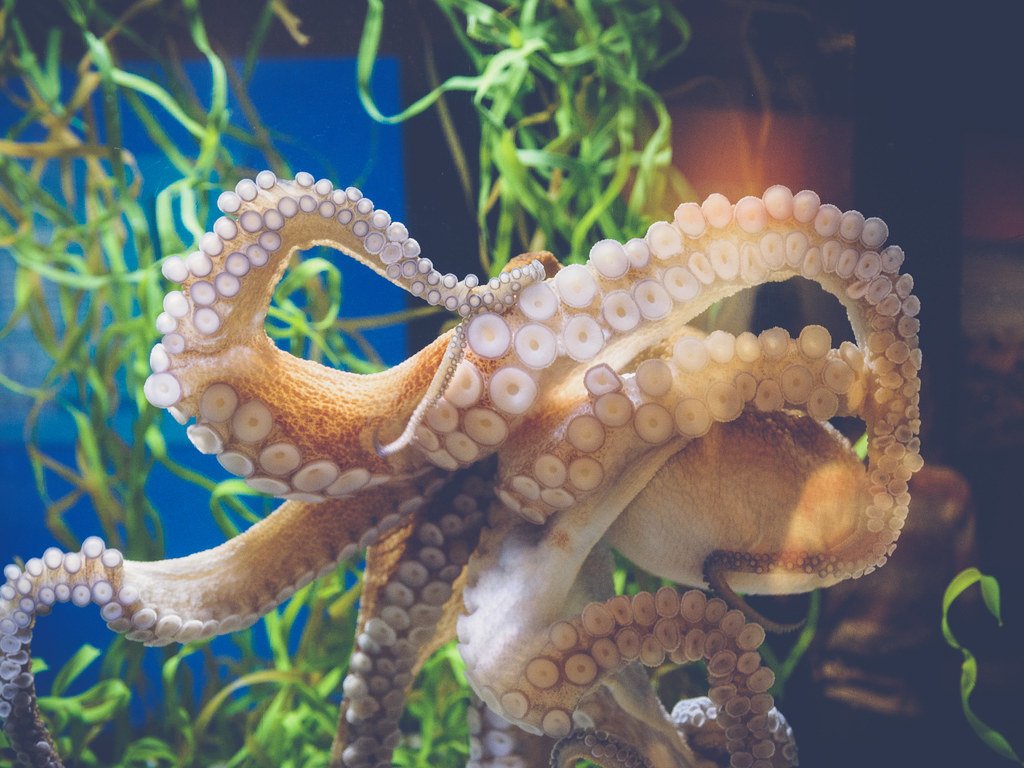
If you thought octopuses couldn’t get any weirder, think again. An octopus’s three hearts have slightly different roles – one heart circulates blood around the body, while the other two pump it past the gills, to pick up oxygen. The latter heart actually stops beating when the octopus swims, explaining the species’ penchant for crawling rather than swimming, which exhausts them.
Their blood isn’t red like ours either – it’s bright blue. To survive in the deep ocean, octopuses’ blood is powered by a copper-containing protein called hemocyanin, instead of the more common, iron-based hemoglobin in human blood, making the copper in octopus blood appear blue when it meets oxygen. Hemocyanin transports oxygen more efficiently in the extreme environments inhabited by octopuses, where water temperatures are very low and there isn’t much oxygen around.
Bananas Are Radioactive
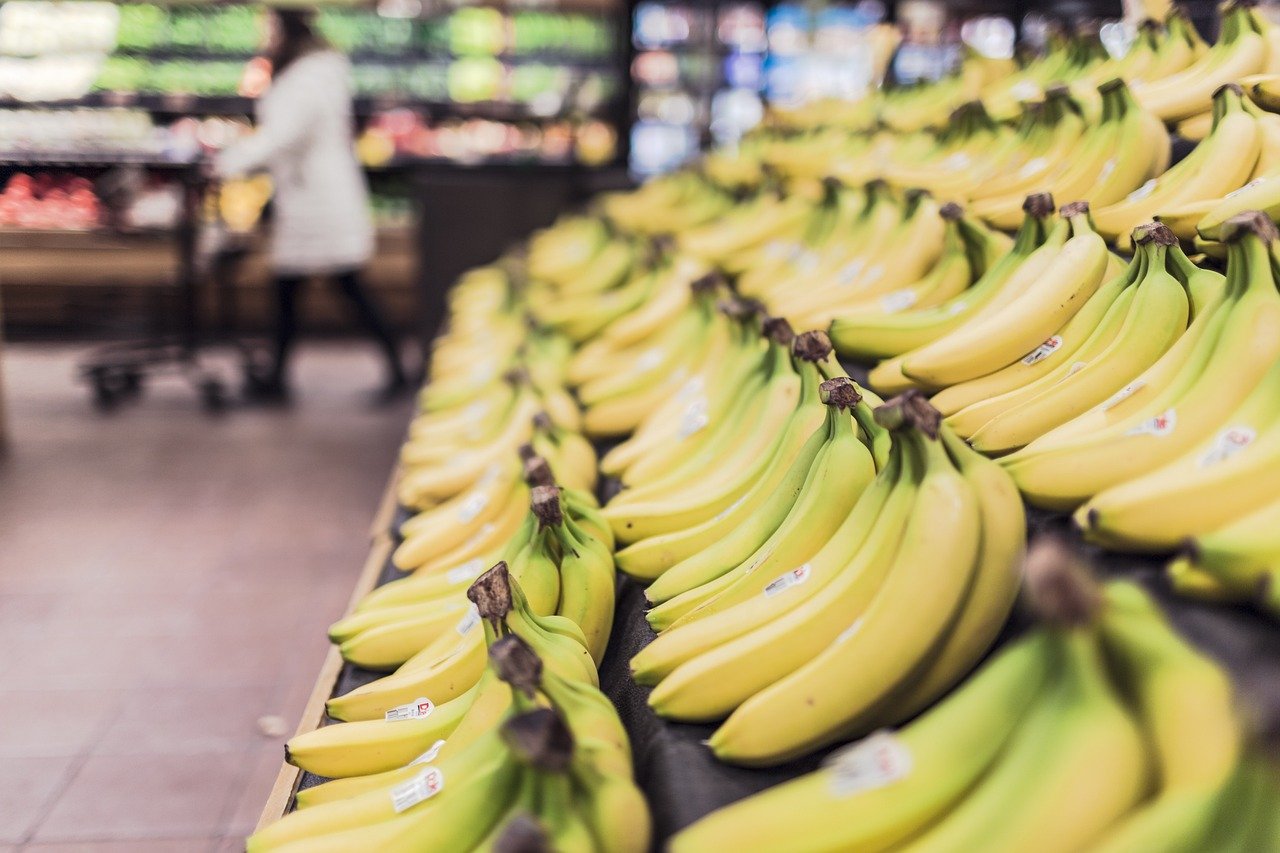
Your morning banana contains a tiny dose of radioactivity, and scientists actually use this as a measurement tool. Bananas contain tiny amounts of potassium-40, a naturally occurring radioactive isotope that is harmless, and scientists sometimes use “banana equivalent doses” as a fun way to illustrate radiation exposure levels. Don’t worry about your daily fruit intake – the radiation is completely harmless.
This natural radioactivity exists in many foods we eat regularly. This fact shows that a touch of radioactivity lurks in everyday foods as part of nature’s chemical quirks, reminding us that the world is filled with gentle surprises hiding beneath our snack time routines. It’s just another example of how the ordinary can be secretly extraordinary.
Hot Water Can Freeze Faster Than Cold Water

This phenomenon sounds like it defies basic physics, but under certain conditions, it’s absolutely true. Under certain conditions, hot water can freeze quicker than colder water, with scientists debating whether the reasons could be evaporation, convection currents, or dissolved gases. This puzzling effect is known as the Mpemba effect, named after the Tanzanian student who rediscovered it in the 1960s.
The exact mechanism behind this counterintuitive phenomenon remains mysterious. While not fully understood, this puzzling phenomenon teaches us that even everyday events can hold mysteries, serving as a friendly nudge reminding us to question the obvious and keep our scientific curiosity alive. Sometimes the most familiar things around us harbor the deepest secrets.
Fish Actually Communicate by Farting
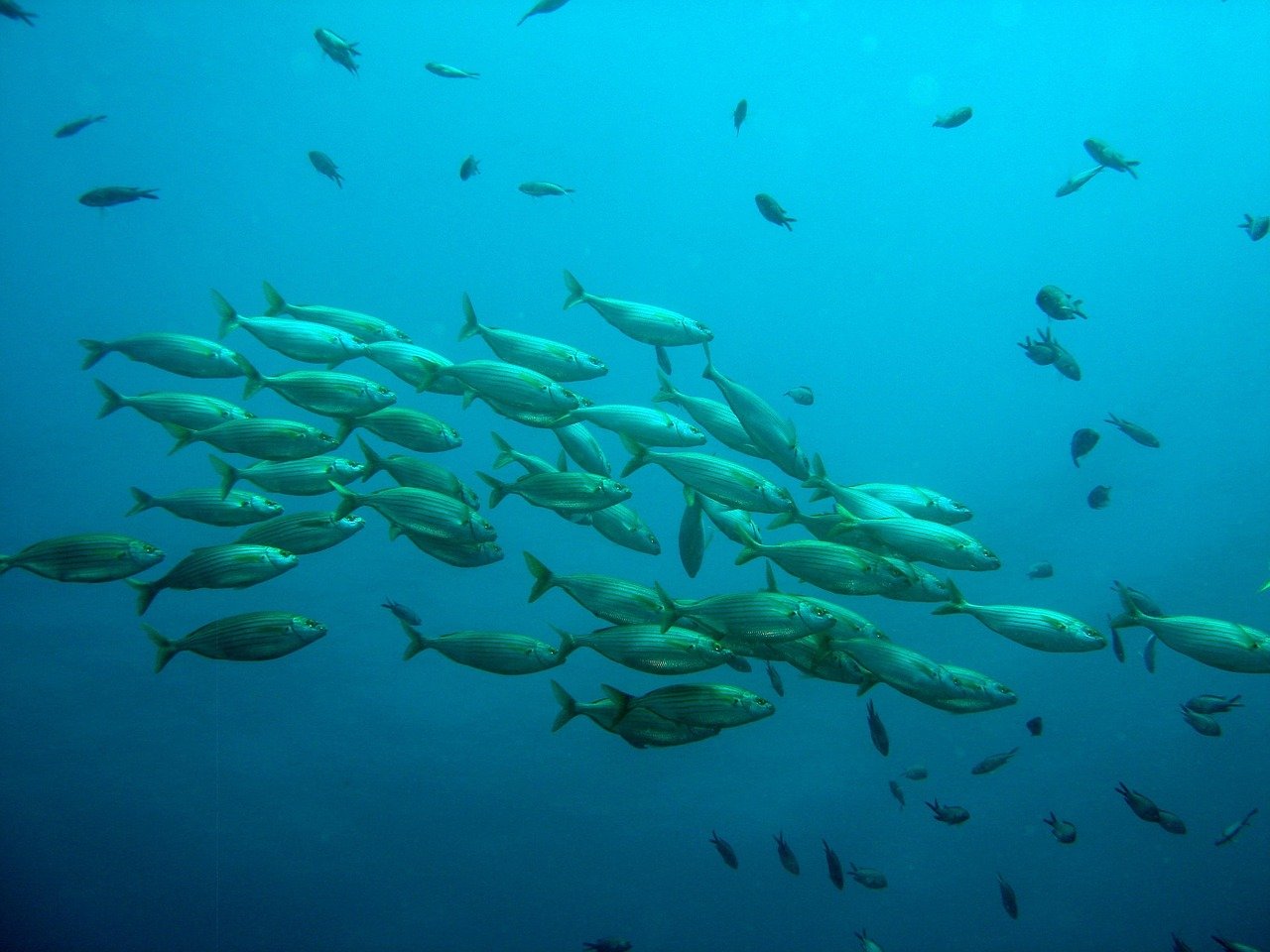
This might sound juvenile, but it’s legitimate science. Herring, for example, release tiny bubbles from their swim bladders that create high-pitched sounds, like secret underwater “tweets.” These gassy signals aren’t rude behavior – they’re sophisticated communication tools. Far from rude, these gassy signals may help fish school together or send alerts, proving that animal “conversations” can be delightfully weird.
This underwater acoustics system shows how creative evolution can be with communication methods. It’s one of nature’s stranger communication methods, and studying these acoustic oddities helps us understand social behavior beneath the waves, adding another amusing chapter to the story of how creatures talk to each other.
Your Mouth Contains More Bacteria Than There Are People on Earth
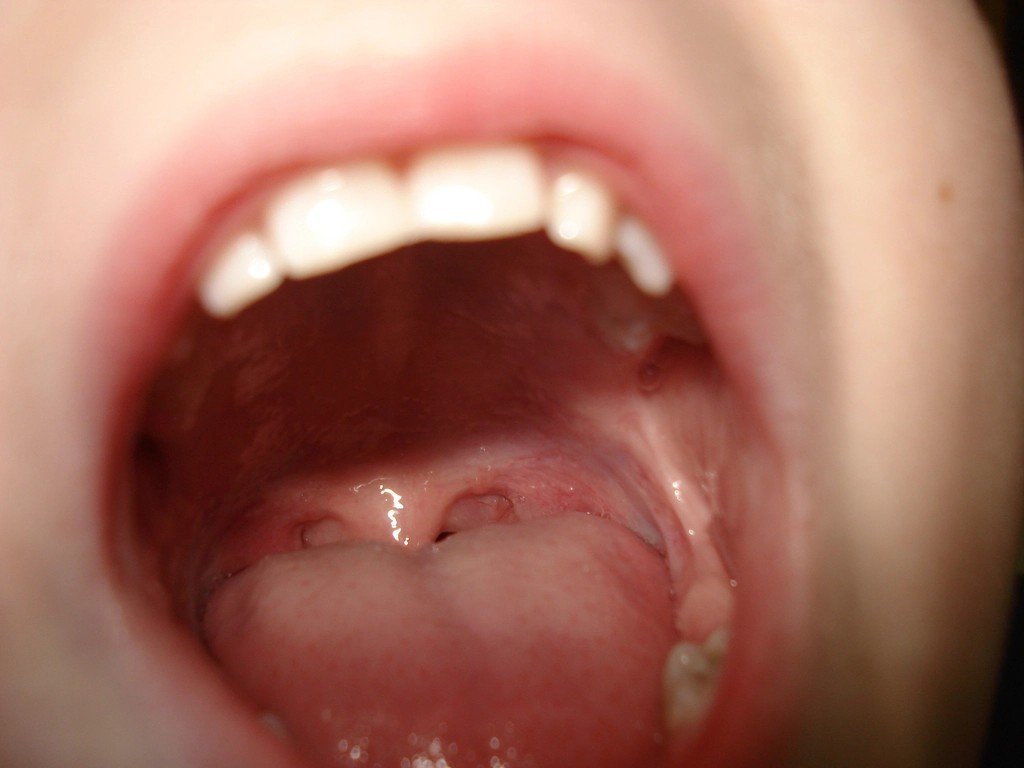
Your mouth is essentially a bustling microscopic metropolis. Your mouth is a bustling microbial city, teeming with billions of bacteria from countless species, with most being harmless, some being helpful, and others needing managing with good hygiene. The numbers are staggering when you really think about it.
This dental ecosystem is more complex than most people realize. Getting to know these tiny tenants reminds us that our bodies host entire ecosystems, each piece working together or competing, and it’s humbling to think that every smile you flash is a crowded city, with more citizens than the entire human population of our planet! Every time you brush your teeth, you’re performing municipal maintenance on a microscopic scale.
The Moon Is Moving Away From Earth Every Year
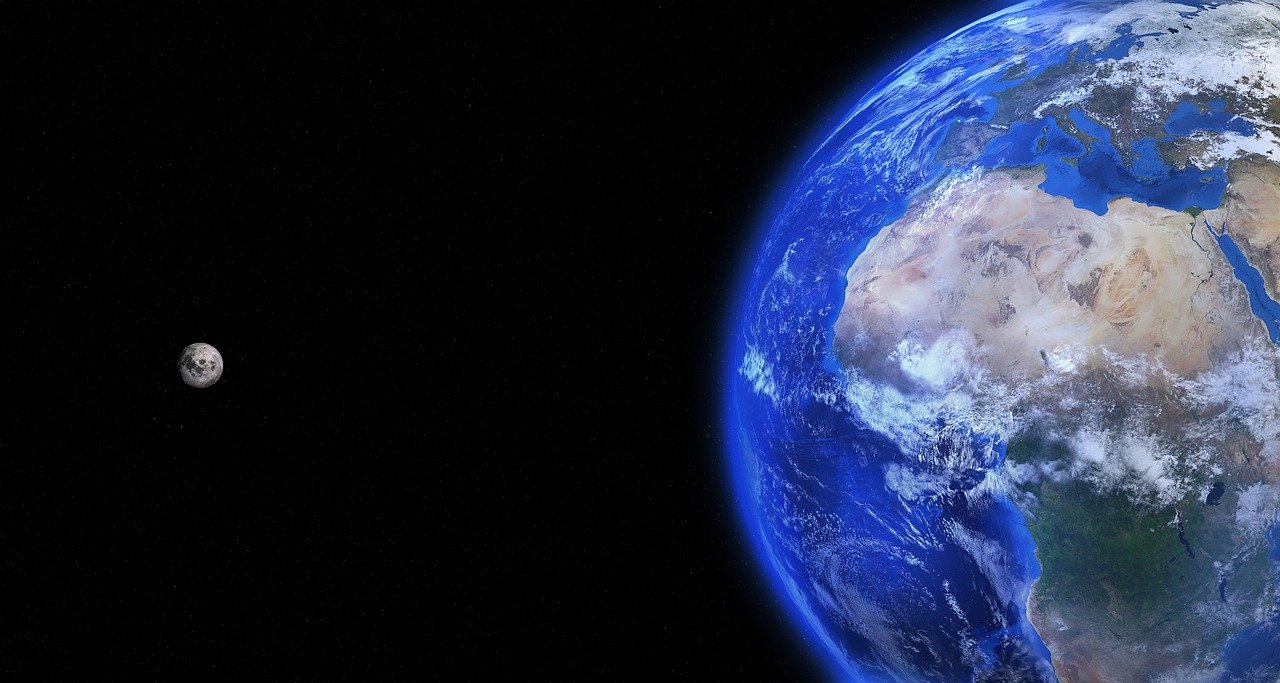
Our closest cosmic companion isn’t staying put. Every year, the Moon gets 3.8 centimetres (about 1.5 inches) farther away from the Earth. Much like two high school sweethearts over summer vacation, the Moon and the Earth are growing apart. This gradual separation has profound implications for our planet’s future.
The consequences of this cosmic drift will eventually become dramatic. The farther away the Moon gets, the smaller it will appear in the sky, and eventually, the Moon won’t be able to block out the Sun. The only “eclipse” surviving humans can watch will be the third movie in the Twilight saga. Thankfully, this process takes millions of years, so we’ve got plenty of time to enjoy solar eclipses.
Wombats Produce Cube-Shaped Poop
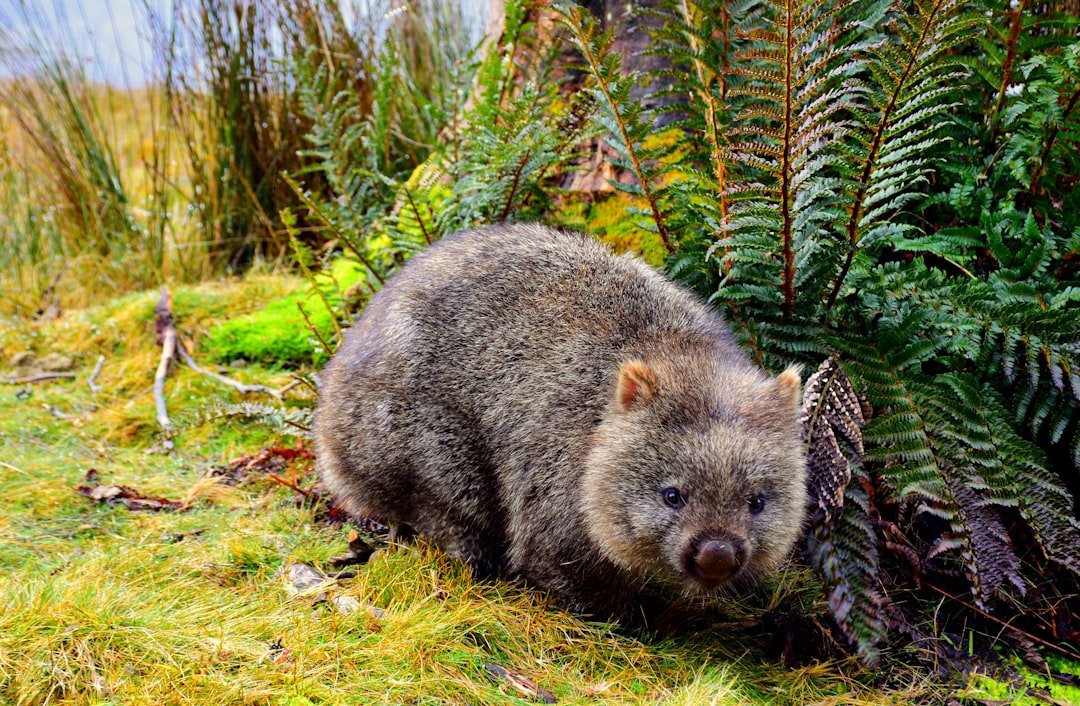
Of all the strange animal facts out there, this one consistently makes people do a double-take. Wombats produce cube-shaped poop, which sounds fake but is an actual thing – just one of those facts that sound fake yet somehow exist in the real world. The cubic shape isn’t random – it serves a specific biological purpose.
This unusual evolutionary adaptation helps wombats mark their territory more effectively. The cube shape prevents their droppings from rolling away, allowing them to stack and arrange their territorial markers strategically. These tidbits can absolutely blow your mind at parties, as sharing these facts has become a secret weapon for whenever there’s an awkward silence or a lull in the conversation.
Some Jellyfish Are Technically Immortal
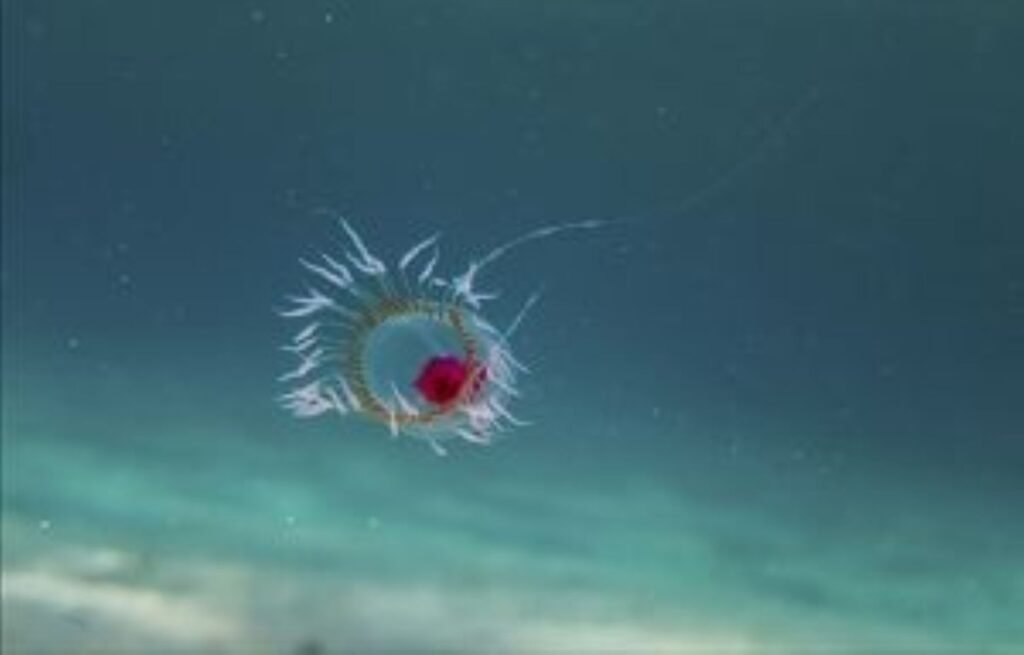
The Turritopsis dohrnii jellyfish can revert to its juvenile form after reaching adulthood, potentially giving it the ability to bypass death indefinitely, making it like the Benjamin Button of the ocean. This process is called transdifferentiation, where the jellyfish essentially ages backward. Immortality might be closer than we think – if you’re a jellyfish, that is.
This biological time machine challenges our understanding of aging and death. When faced with physical damage, starvation, or old age, this remarkable creature can reverse its aging process completely. Scientists are studying this phenomenon intensively, hoping to understand the mechanisms that might one day help us combat aging in humans.
Humans Share About Half Their DNA With Bananas
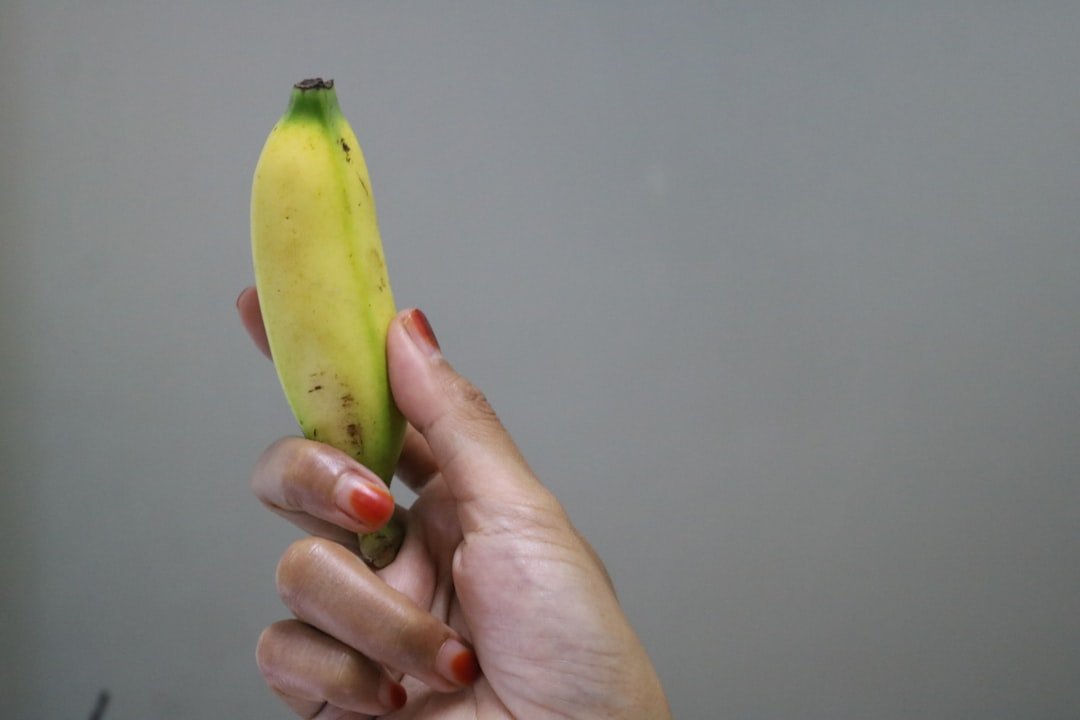
Humans and bananas do share a surprising amount of genetic material, which doesn’t mean you should start peeling yourself, but it does highlight how life on Earth is interconnected in weird and wonderful ways. We share roughly fifty percent of our DNA with these yellow fruits, which sounds impossible but makes sense when you consider basic cellular functions.
Next time you eat a banana, just remember – you’re basically eating a distant cousin. This genetic similarity reflects the fundamental building blocks that all life forms share. The DNA sequences that control basic cellular processes like metabolism and protein synthesis are remarkably conserved across vastly different species.
Most of Your Body’s Cells Aren’t Human
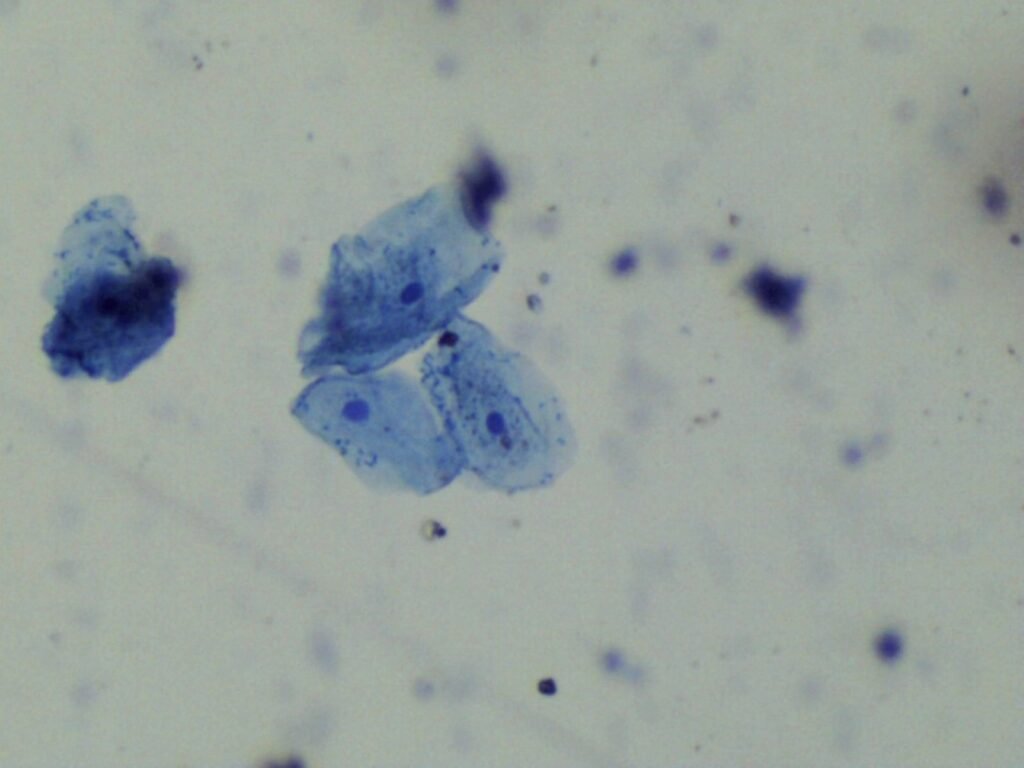
Most of the cells in your body aren’t human. Your body is actually a walking ecosystem, hosting trillions of bacterial cells that outnumber your human cells. These microorganisms live on your skin, in your gut, and virtually everywhere else in your body. This might sound alarming, but these bacterial partners are essential for your health.
These microbial hitchhikers perform crucial functions that keep you alive. They help digest food, synthesize vitamins, and protect against harmful pathogens. Without these tiny allies, your immune system wouldn’t function properly, and you wouldn’t be able to process many nutrients. You’re essentially a collaborative effort between human cells and friendly bacteria.
The Eiffel Tower Grows and Shrinks With the Weather

Thanks to good old thermal expansion, the Eiffel Tower can be up to 15 centimeters (about 6 inches) taller during hot summer days. This isn’t a design flaw – it’s basic physics in action. Metal expands when heated and contracts when cooled, and the massive iron structure responds to temperature changes just like any other metal object.
This seasonal stretching affects many large structures around the world. Engineers must account for thermal expansion when designing bridges, buildings, and monuments. The next time you visit Paris in summer, you can impress your friends by mentioning that you’re seeing the Eiffel Tower at its tallest possible height.
Conclusion
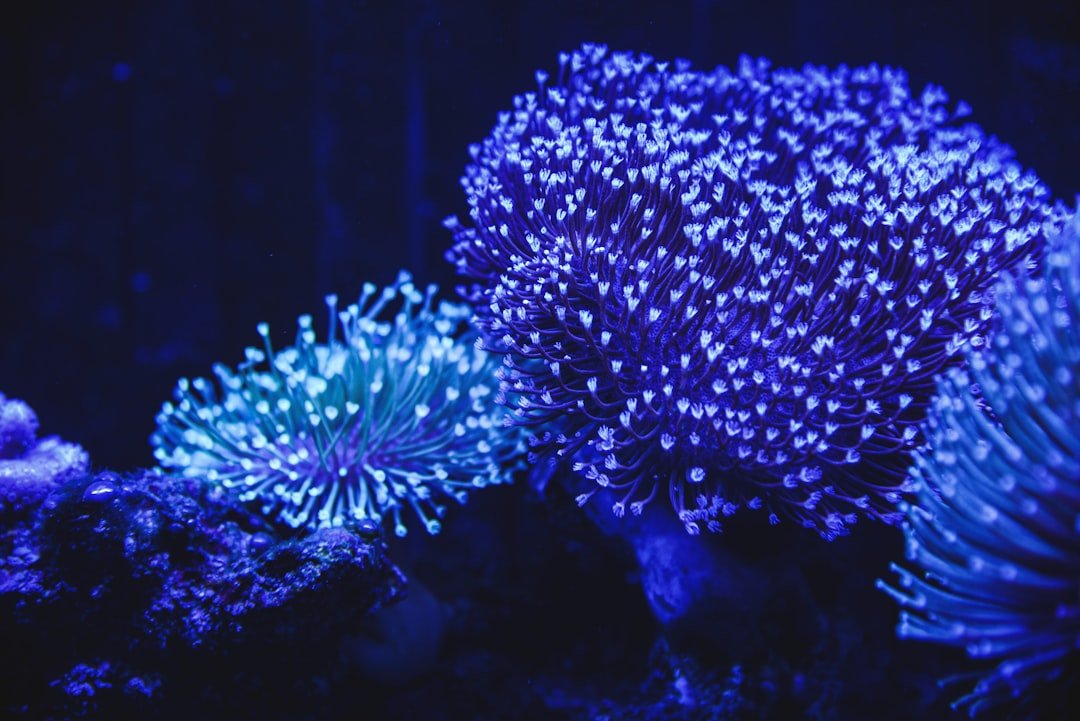
Reality truly is stranger than fiction. These twelve scientific facts prove that the world around us is filled with wonders that sound too incredible to be true. From space-surviving microscopic bears to immortal jellyfish, from three-hearted octopuses to radioactive bananas, our planet and universe continue to surprise us with their bizarre and beautiful secrets.
The next time someone tells you a fact that sounds completely made up, take a moment to consider it might just be real. Science has a way of revealing truths that challenge our expectations and expand our understanding of what’s possible. After all, we’re living in a world where fish communicate by farting and humans are mostly bacteria – how much stranger can things get?



